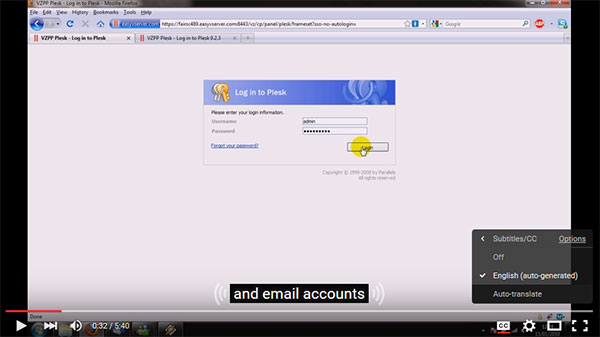


Once you select the translations tab, click on the `Buy’ translation tab. Once you have selected the subtitles tab, proceed to click on ‘CC’ or ‘Add new subtitles.’ YouTube will require you choose your preferred language of use for the title, description, and caption translations. Again, to translate a video, it must not be set to private, and it should contain a closed caption track and a minimum of one subtitle. Select the video you want translated and click the ‘Edit’ button. To translate your YouTube video on your own, observe the following steps: 1. You can also translate your video to text, as well as your titles, captions, and descriptions, provided you understand the new language. Option B: Editing Captions in Addition to Titles and Video Descriptions The final step to translate videos by this method is choosing your preferred vendor and agreeing to the terms presented. Once you have checked the boxes, YouTube will require you select your preferred languages of translation. Tick the boxes for all the items you want translations. You will be required to confirm the video’s original language, its title, and the descriptions used. Once you have clicked under the video, proceed to press the ‘Buy translation’ button.

For this work, though, your video must not be set to private and should contain a closed caption track or at least a single translation. Identify the video you want to translate and select the ‘Edit’ option. Option A: Editing Your Titles and Video Descriptions 1. Read on to find out how you can take advantage of YouTube’s video translation features. Although most YouTube videos usually target specific audiences, using YouTube translate features can help increase the overall reach and impact of your videos. Ever wondered how to translate your videos into new languages?Īs the world’s largest video sharing platform, YouTube receives millions of video uploads on a daily basis.


 0 kommentar(er)
0 kommentar(er)
